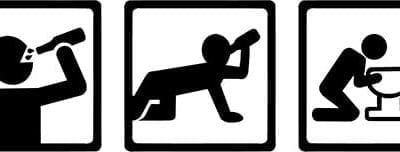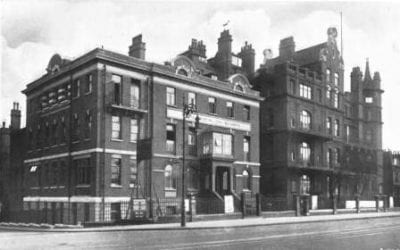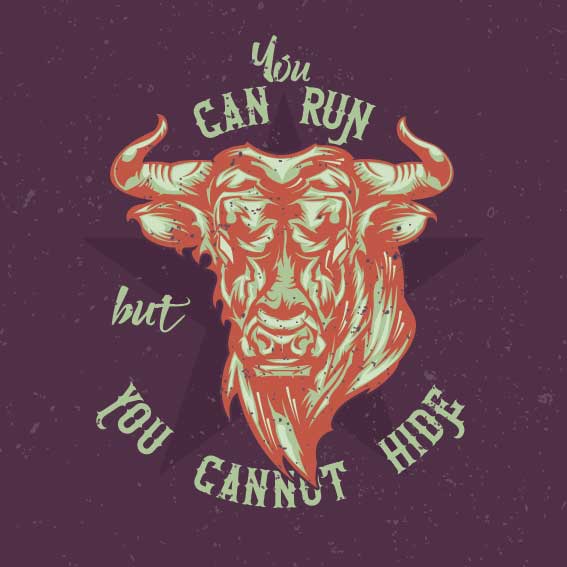The day after the night before: Are your employees sober at work?!
Are your employees drunk at work? So, you’ve been to the work Christmas party, enjoyed a few too many, and you’re back at work the next day, nursing yourself through the trauma. You might have driven into the office, be responsible for staff, be operating machinery or working at heights.
It’s easy to forget that the good times of the night before may still be in your system and that you could be putting yourself and others at risk if you don’t ensure that you’re fit for work and sober.
At a time of year when alcohol is used more than usual, it’s important to take responsibility for yourself and your staff.
Sleep doesn’t always equal sober- alcohol stays in your system for up to X hours. Coffee, cold showers and water don’t speed things up – the only thing to get rid of the booze is TIME – and that’s a sobering thought. Especially if you left a party at midnight and are back at work in the morning. You could still well be over the limit – in effect, still drunk.If you’re worried about the alcohol still in your system after a big night out, you can use this tool to see how much is left: Note tis is not an exact science, and if you have been drinking the night before the best thing to do is not drive at all.
https://www.alcohol.org/bac-calculator/
The main thing is – try and celebrate when you’re not due at work the next day or stop drinking in plenty of time before your next shift. The consequences could be terrible and are just not worth it!
Do you need help with some ideas to reduce the risk of alcohol and drinking at work?





